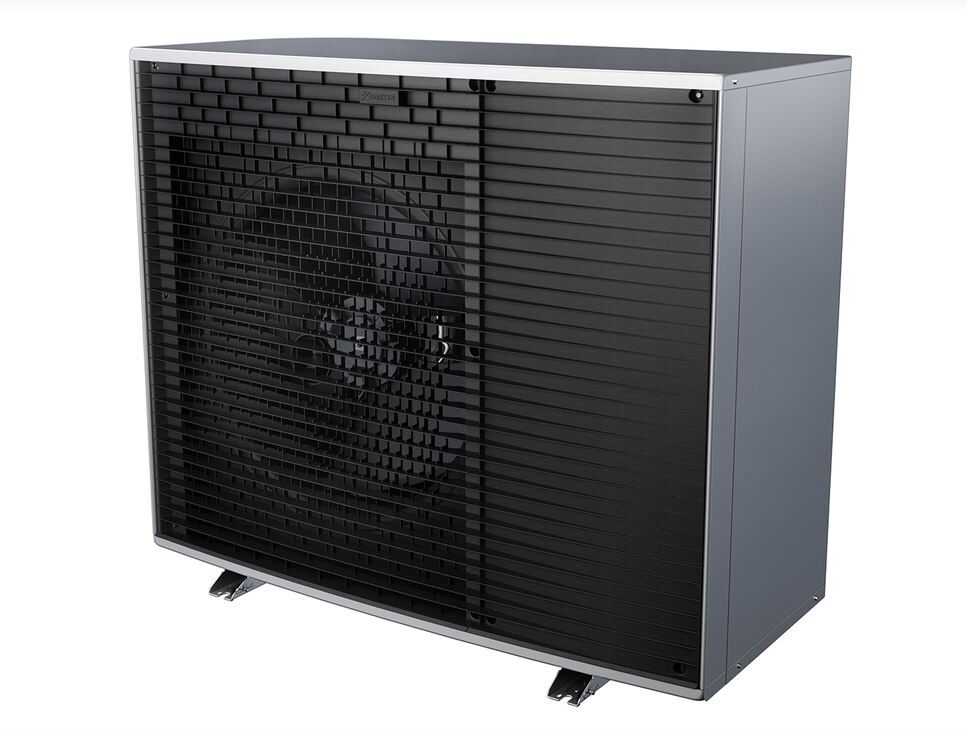 Some regions have a lot of industry but limited renewable energy resources, while other regions have the opposite. Securing community acceptance for the infrastructure to get power to where it is needed can be both hugely complex and remarkably straightforward.
Some regions have a lot of industry but limited renewable energy resources, while other regions have the opposite. Securing community acceptance for the infrastructure to get power to where it is needed can be both hugely complex and remarkably straightforward.
“Talk and listen. It’s really that simple,” said Nancy Kluth, Amprion project spokesperson for the German federal states of Rhineland-Palatinate and Saarland. “Go in, talk to the people, really listen to what makes sense to them, and then find a way to compromise, if you can, or to adapt and accommodate what you hear and what you learn into your actual planning process, if you have that option.”
As with large-scale energy projects, the earlier this happens, the better. Amprion, identified in European Union publications for positive practices, is one of Germany’s four big grid infrastructure companies. Amprion uses information fairs, community meetings, “blue islands” of wildflowers around pylons, and green coverage for substations.
Kluth said the “talk” part of “talk and listen” involves explaining what it’s for, and the need for grid infrastructure.
Amprion is building or upgrading 3,500 km of power lines and creating a new direct-current (DC) connection from Lower Saxony in the north to Baden-Württemberg in the south, via North Rhine-Westphalia. The company is actively making offshore connections and increasing the capacity of its regional lines and substations.
Electrons in transit
When big DC transmission lines pass through to other regions, locals generally understand the advantages, said Kluth, “for Germany, for German industry, but also in terms of energy security for everyone.”
Europe’s grids need to accommodate the electrification of transport, heating, cooling, and industry, as well as low-carbon hydrogen production.
While heavily industrialized Germany upgrades and expands its grids, it must also import energy. Greece plans to become a green hydrogen hub to bring clean power to regions with heavy industry such as Germany.
On the Greek island of Evia, 750 wind turbines have already been erected to supply other regions with power, with plans for more. Katerina Apostolatou, a member of the Environment Protection Society of South Karystia, is fundamentally opposed to all wind power on the island. She said this is partly because environmental concerns have not been adequately listened to. She is not against renewable energy and neither are the other community members who oppose the hundreds of wind turbines popping up all over Evia. On the contrary, they are all for clean energy, just not there, in that form, on that scale, or with what they say brings many disadvantages for the local population, and little to no benefit.
In one sense, this is typical of infrastructure projects of the energy transition that are subject to “green on green” conflict. In the end, it is about industrial infrastructure that may or may not be well placed, ensuring a balance for the local environment.
Familiar horizons
Areas famous for their natural beauty will generally also have a higher hurdle for community acceptance of visually imposing infrastructure than areas already marked by industry.
Amprion’s Kluth acknowledged that in the “Ruhrgebiet” area of Germany, where she lives and acts as spokesperson, people are used to industrial infrastructure, though Aprion’s projects have still met some opposition. Studies in the United States have found that areas with high existing industrial infrastructure pose less of a challenge to community acceptance.
Environmental and social concerns about industrial-sized energy undertakings also tend to correlate with scale. A recent US study, for example, established solar projects larger than 100 MW struggle more with community acceptance. The larger the project, whether it be for energy production or grid infrastructure, the bigger the eyesore and the larger the institutions involved. Such sites seem more imposing and less approachable for local communities.
‘Energy colonialism’
On Evia, residents fear their beautiful region is becoming an industrial energy site that is sweeping them aside, with the island to be relegated to nothing more than an energy hub, providing power for someplace else.
Some local residents said they would feel more positive if any of the energy from the wind turbines were produced for the local population. Numerous opponents of the enormous wind projects said they want solar energy.
Electricity transmission across regions from large-scale energy projects, such as Evia’s big wind farms, differs significantly from the infrastructure of decentralized community solar projects, which provide local people with electricity.
It’s not hard to see why small-scale energy infrastructure needs to accompany large-scale ambitions. Residents of Evia are missing that small scale of local distribution.
The question “what’s in it for us?” is hard to answer if local solar is hardly present. The old ferry transporting tourists to the island smells so strongly of dirty bunker fuel that it is unpleasant to go out on deck, aging local transmission lines have been linked to fires that ravaged the island not so long ago, and local substations from half a century ago look like something from a post-apocalyptic sci-fi movie. Meanwhile, faraway regions are receiving large amounts of clean, renewable energy. Locals don’t even know where the power is going.
Who does what?
That said, many of the concerns coming from Evia residents have little to do with energy or infrastructure companies. Complaints also concern the way the land was acquired or allocated, and how the money flows to relevant contractors but does not work toward the local energy transition. The end-consumer benefits of electrification are not necessarily the purview of contracted energy and infrastructure providers but these issues all affect the level of community acceptance for larger energy infrastructure projects.
Asked how she deals with complaints that are more the responsibility of any number of different stakeholders, Amprion’s Kluth replied, “There are many stakeholders and many things happening at once. Just last week, we sat with the government of Rhineland Palatinate, and they brought everyone together – the wind farmers and the smaller grid providers – to look at the planning and challenge the ideas so that we have a better view of other people’s planning, and can accommodate and link them.”
Communication is a two-way street. Kluth passionately believes that locals know their area best. That is why she is allocated the area she knows and lives in, and why she listens to what locals have to say about their needs.
Sometimes, though, she gets a lot more than she bargained for. People sometimes offload general problems that are not relevant to the projects at hand. A certain degree of resistance can help create a stronger project. Opponents help expose problems, question things from a different perspective, and notice details that would otherwise not come to light. In Evia, one such opponent says she was the first to inform one energy provider that it didn’t have the correct permit.
What should be done when promises are not kept, when jobs are not adequately carried out? What if corruption is involved? A European Union whistleblower law recently came into effect in Germany. Companies with more than 250 employees now have to follow guidelines enabling people to report things that are going wrong, without fear of reprisal. Greece is also under pressure to implement such a law. Every energy infrastructure project that goes badly makes it harder for others to gain acceptance. Transparency ensures better communication all round. Getting to yes means, as Kluth said, finding a win-win for everybody.
This content is protected by copyright and may not be reused. If you want to cooperate with us and would like to reuse some of our content, please contact: editors@pv-magazine.com.



By submitting this form you agree to pv magazine using your data for the purposes of publishing your comment.
Your personal data will only be disclosed or otherwise transmitted to third parties for the purposes of spam filtering or if this is necessary for technical maintenance of the website. Any other transfer to third parties will not take place unless this is justified on the basis of applicable data protection regulations or if pv magazine is legally obliged to do so.
You may revoke this consent at any time with effect for the future, in which case your personal data will be deleted immediately. Otherwise, your data will be deleted if pv magazine has processed your request or the purpose of data storage is fulfilled.
Further information on data privacy can be found in our Data Protection Policy.